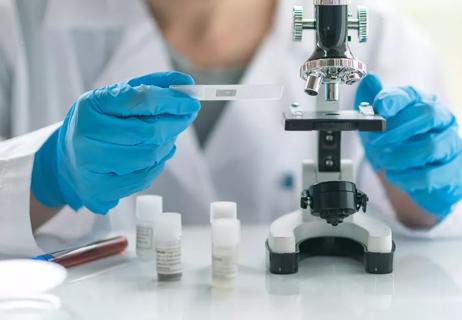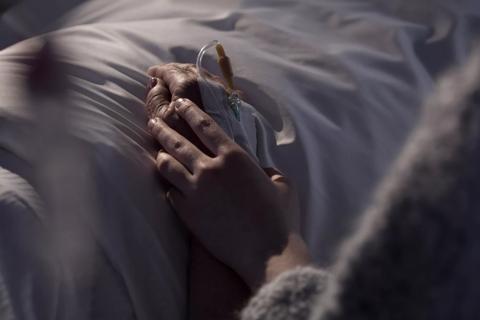Take these steps to limit the damage

As if battling cancer isn’t life-altering enough, undergoing cancer treatments can sometimes take a toll on your appearance, too. Certain cancer therapies, like chemotherapy and radiation, can dry out your skin and cause your nails to become ridged and brittle.
Advertisement
Cleveland Clinic is a non-profit academic medical center. Advertising on our site helps support our mission. We do not endorse non-Cleveland Clinic products or services. Policy
“However, a few simple changes in your personal hygiene routine can limit the damage and make you feel less self-conscious about your appearance,” says licensed aesthetician Michele Taylor.
If you or someone you love is undergoing cancer treatment, follow Taylor’s do’s and don’ts for skin and nail care, below.
If you’re undergoing chemotherapy, dry skin is inevitable. And radiation therapy can often cause radiation dermatitis, which can trigger a rash, flaking and peeling skin or blisters at the treatment site.
Beyond their appearance, these skin changes can lead to other complications. Dry skin gets itchy, and excessive scratching may create wounds that put you at risk for infection. To care for your skin during chemotherapy or radiation treatments, Taylor recommends the following:
Advertisement
Chemotherapy sometimes affects your fingernails and toenails, which can develop lines and ridges. The nail beds can turn brown or black, and nails may even fall off. To care for your nails during chemotherapy, Taylor recommends the following:
The side effects of cancer treatment can sometimes pose additional challenges for you or your loved ones. “Following these practical tips can lessen their impact on your skin and nails and have you feeling more confident about yourself,” says Taylor.
Advertisement
Learn more about our editorial process.
Advertisement

Chemo cold caps may help you keep more of your hair during therapy

Practice meditation together, make a unique-to-them care package and embrace emotions

From a thoughtful note to a special pillow, these items are a win

How to create your own organizational system

The short answer from an exercise physiologist

New drugs are better at targeting cancer cells

The short answer from an oncologist

10 things that can help ease your mind and keep you comfortable

Start having sex about 72 hours before ovulation, then at least every other day during your fertile window

Attachment theory suggests that your earliest relationships shape connections throughout your life

It isn’t a recognized mental health disorder, but research shows that problematic social media use can negatively affect your mental health, self-esteem and sleep